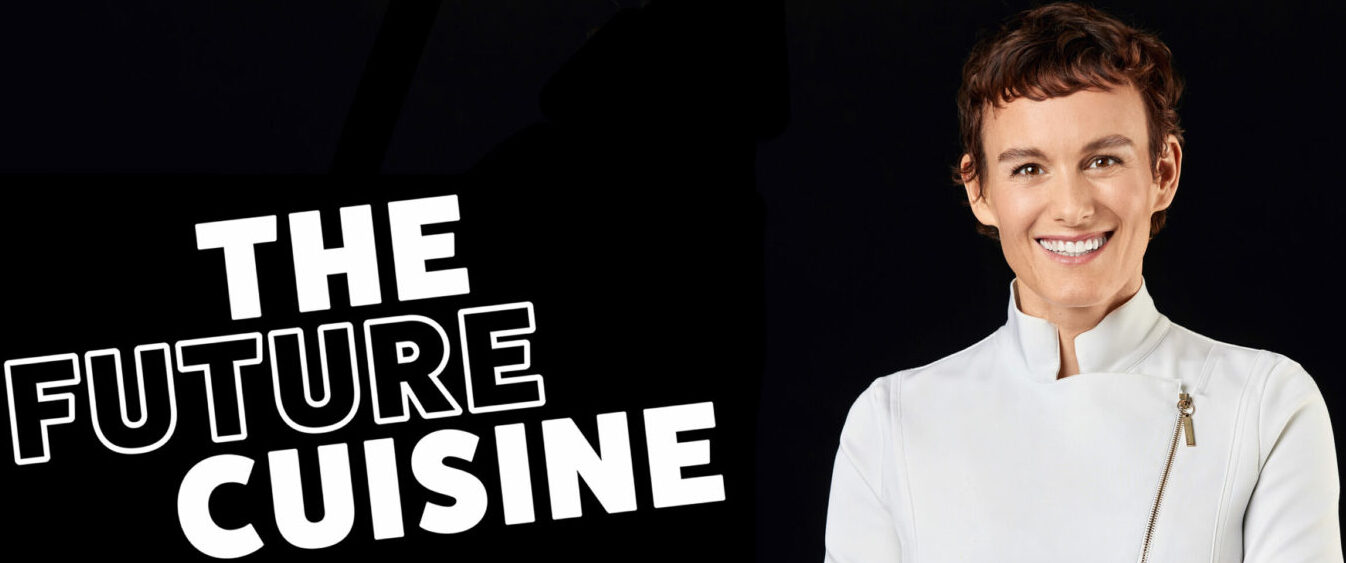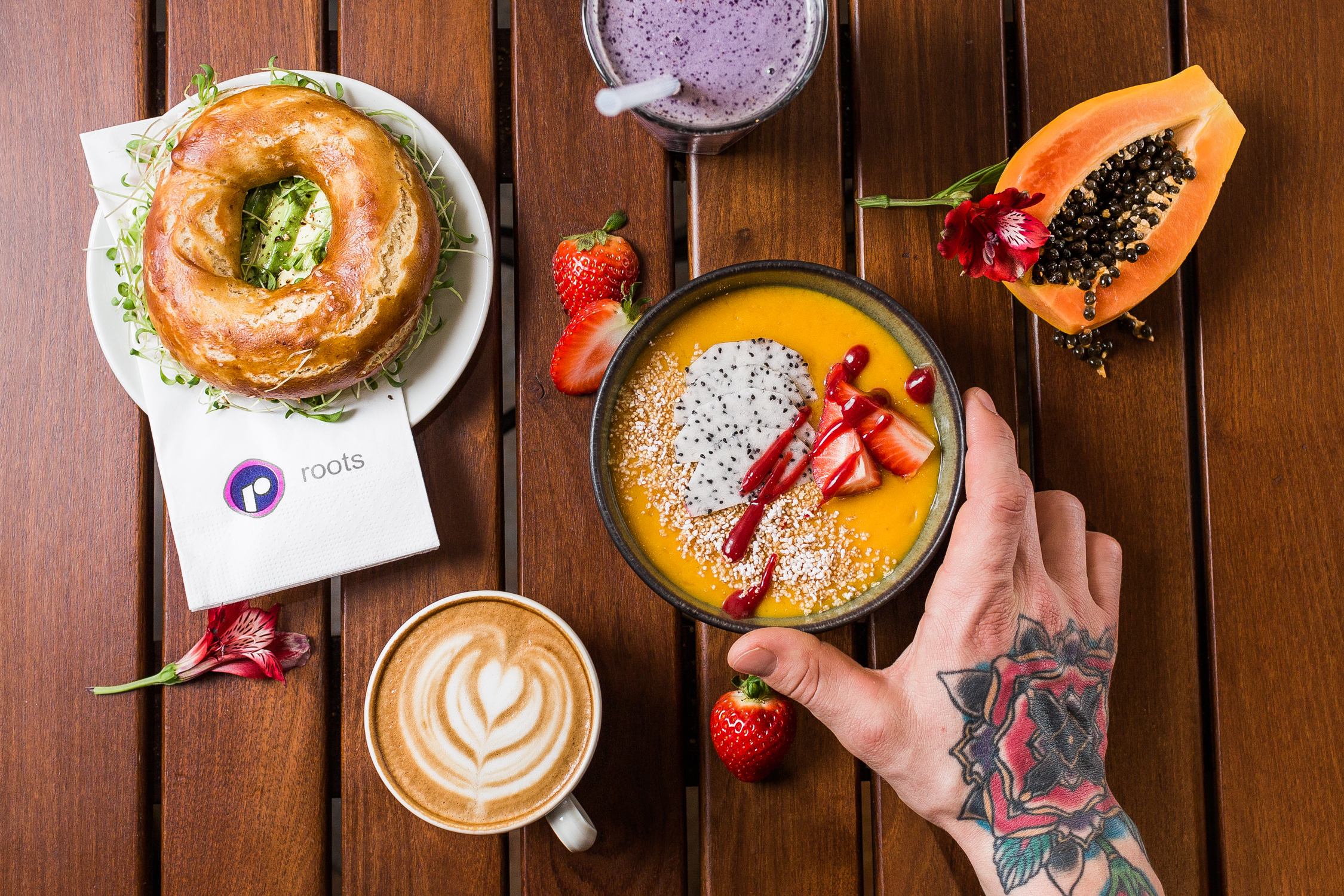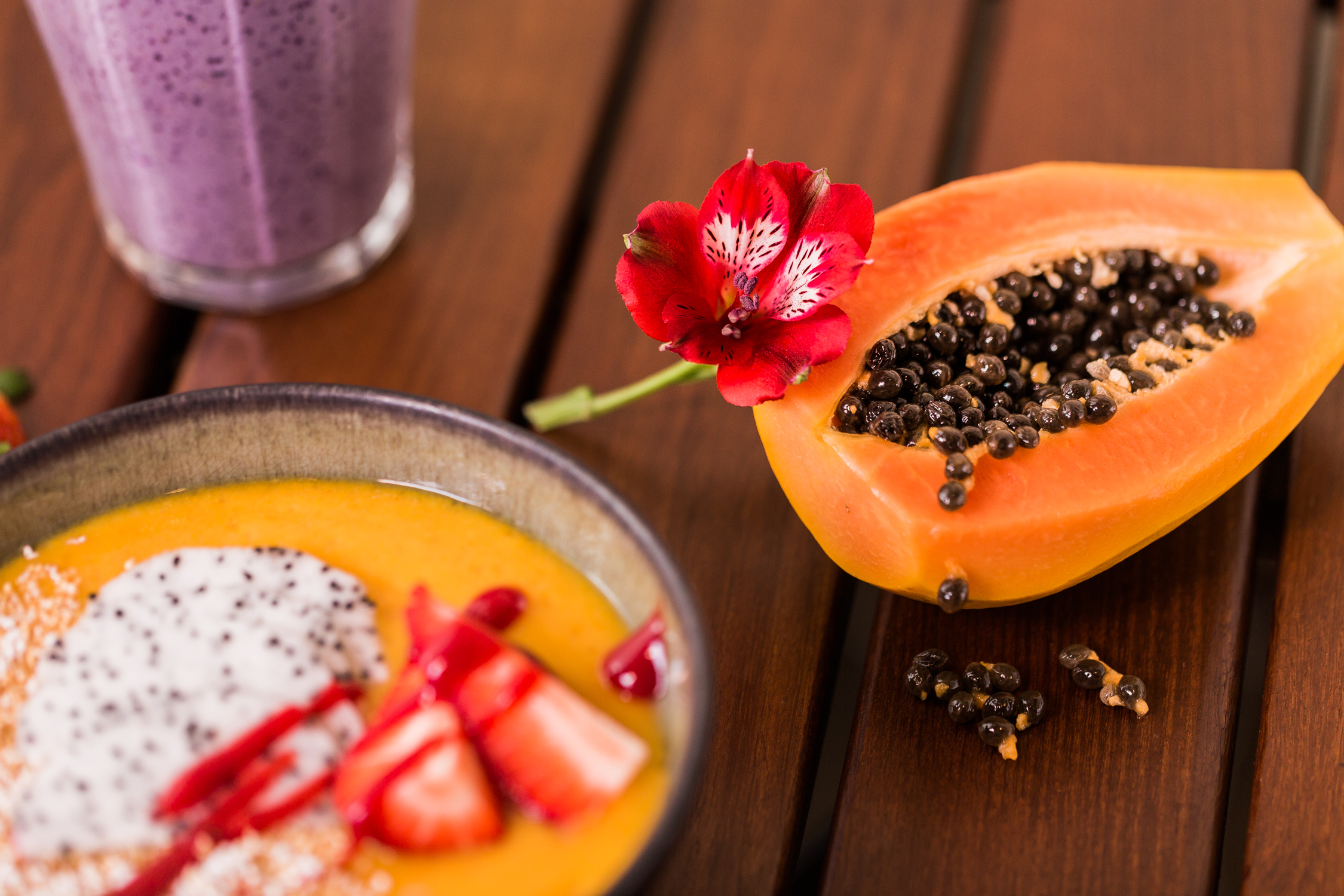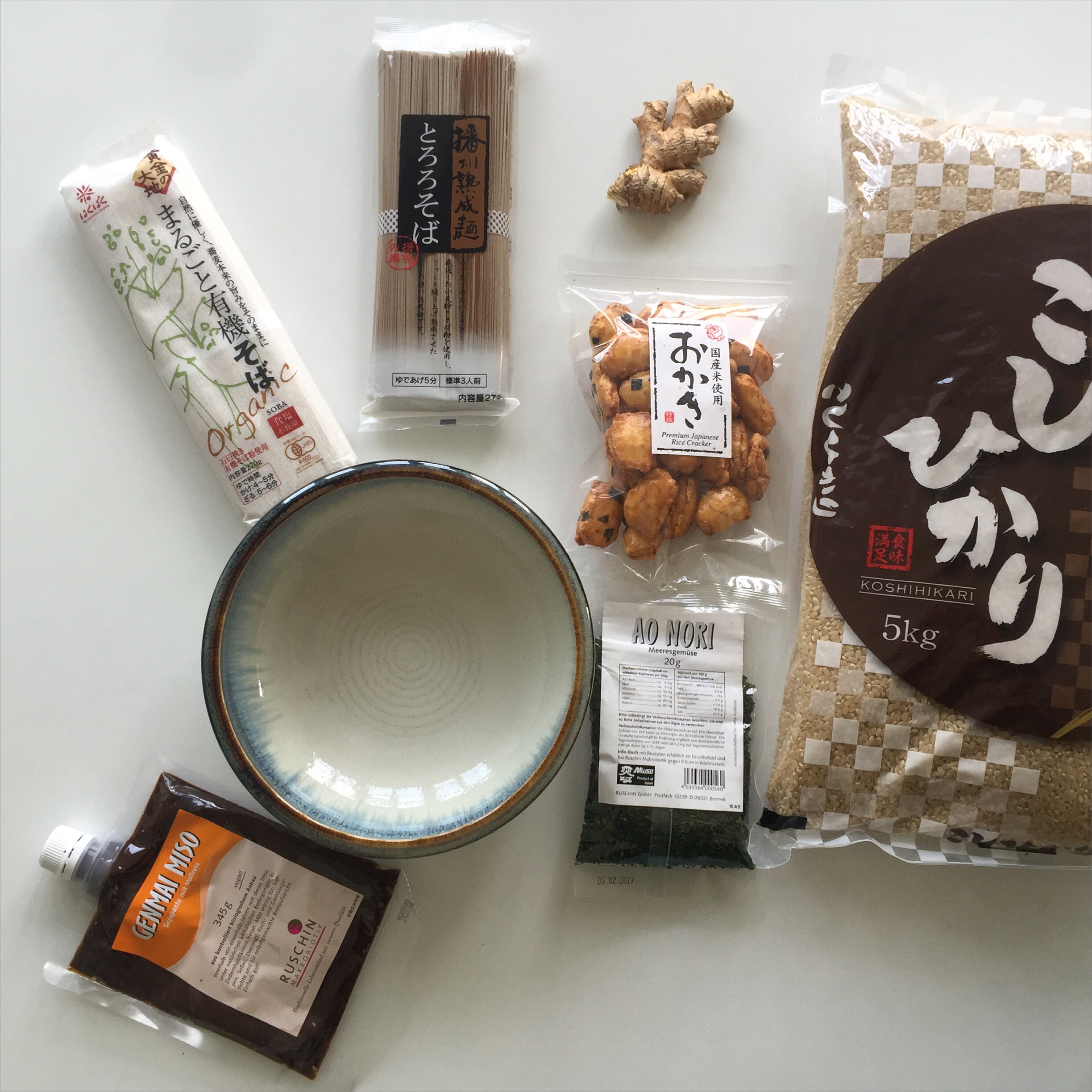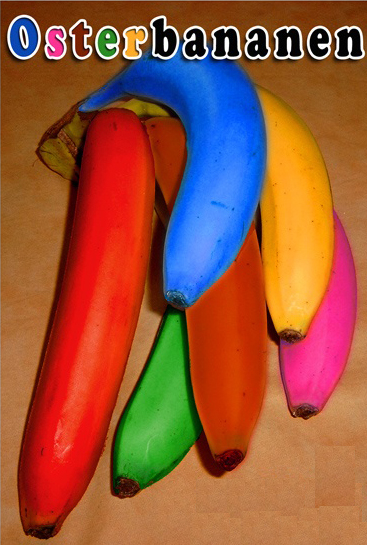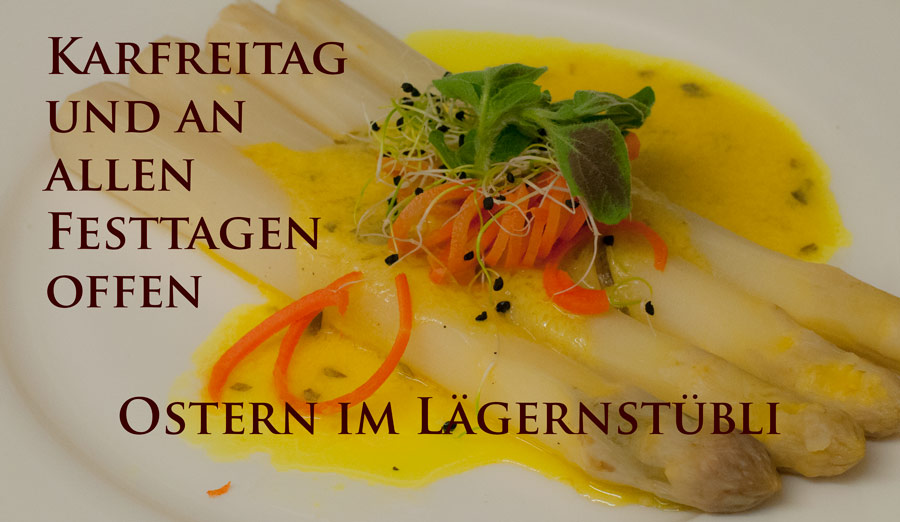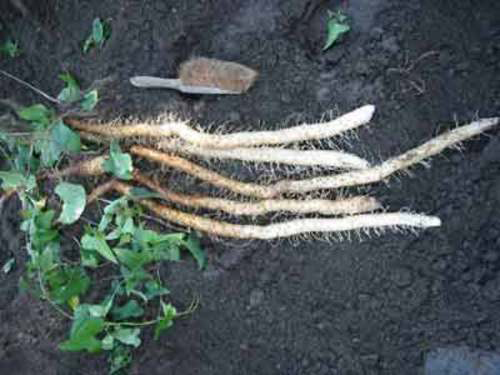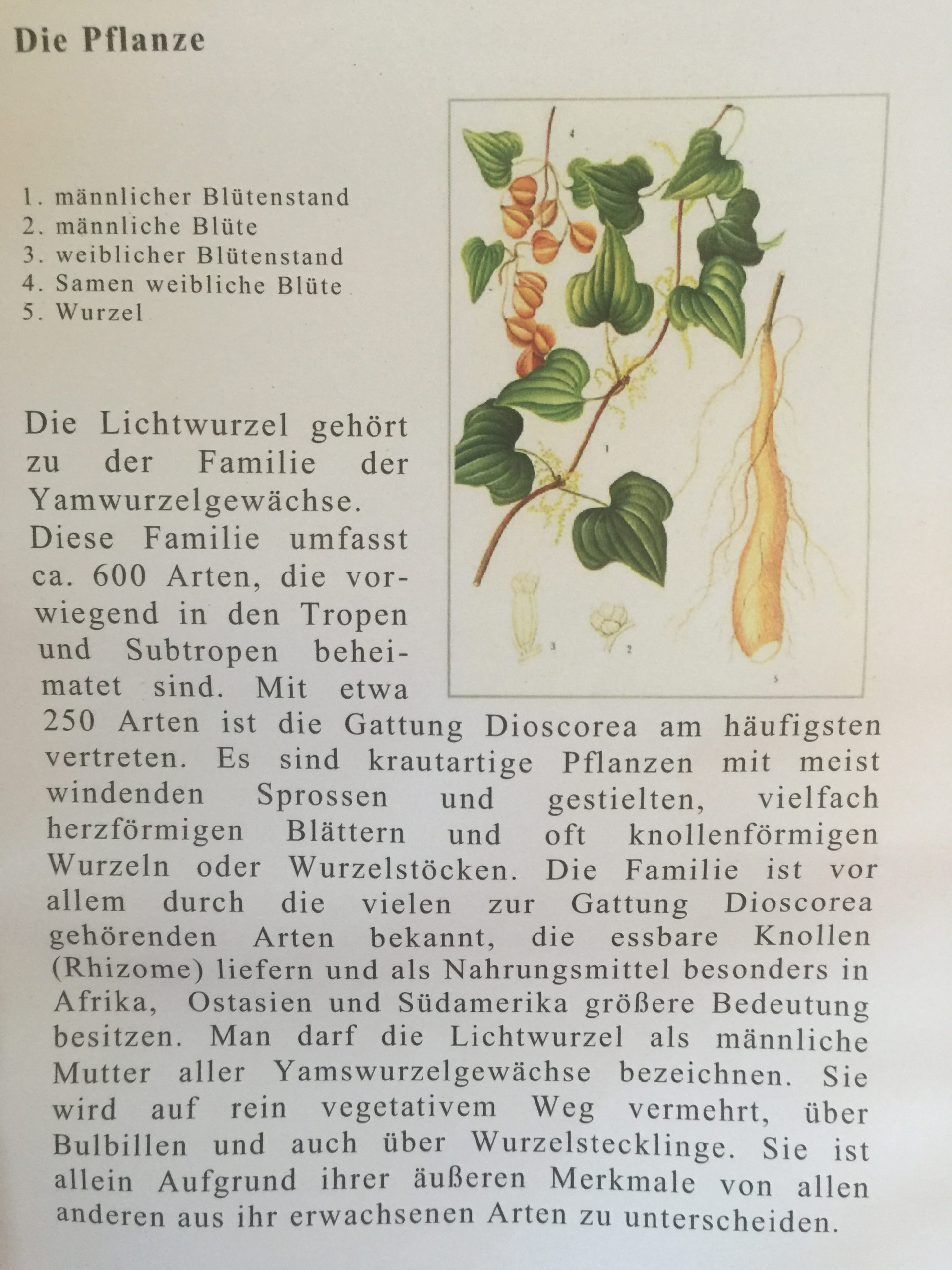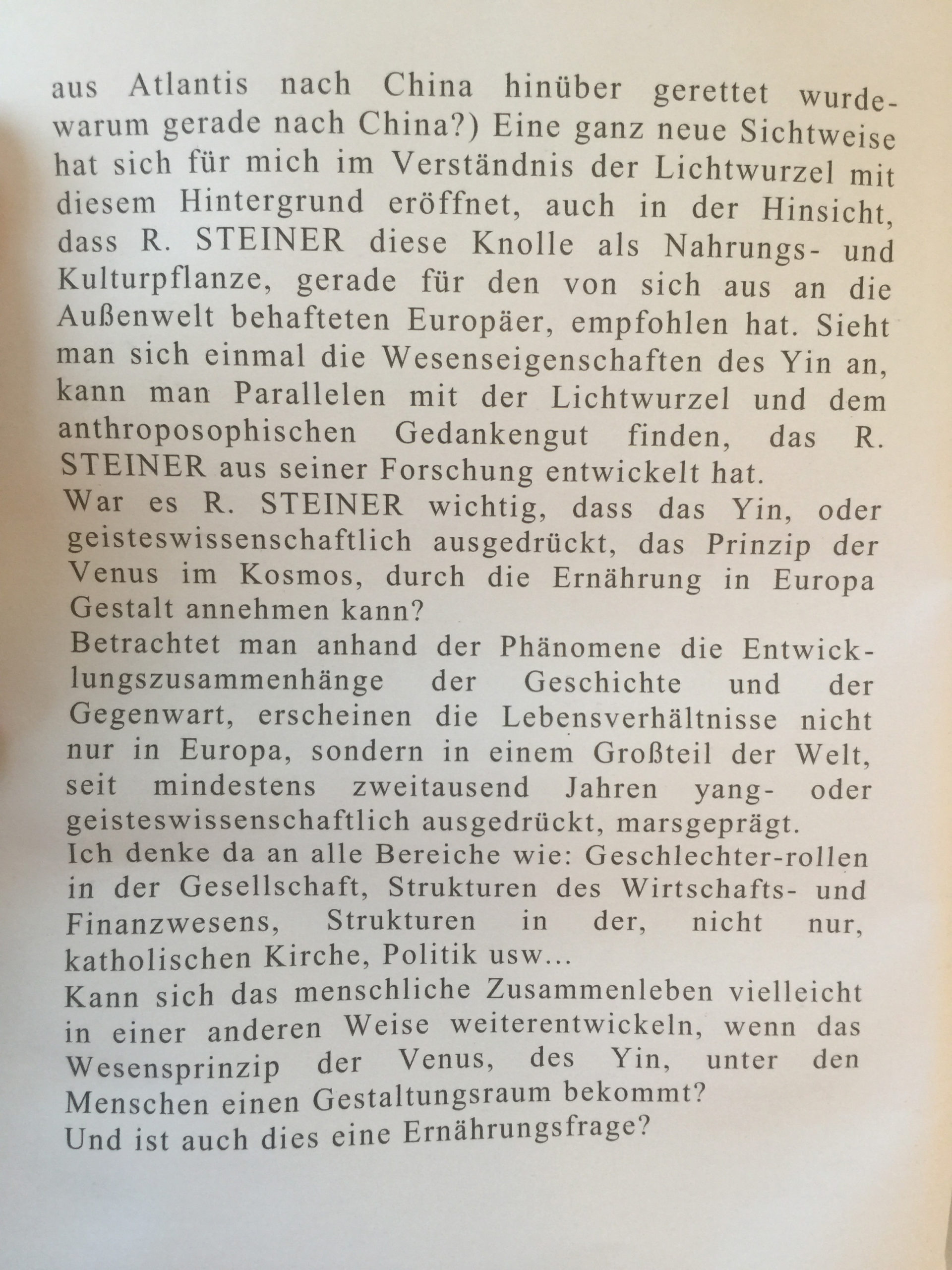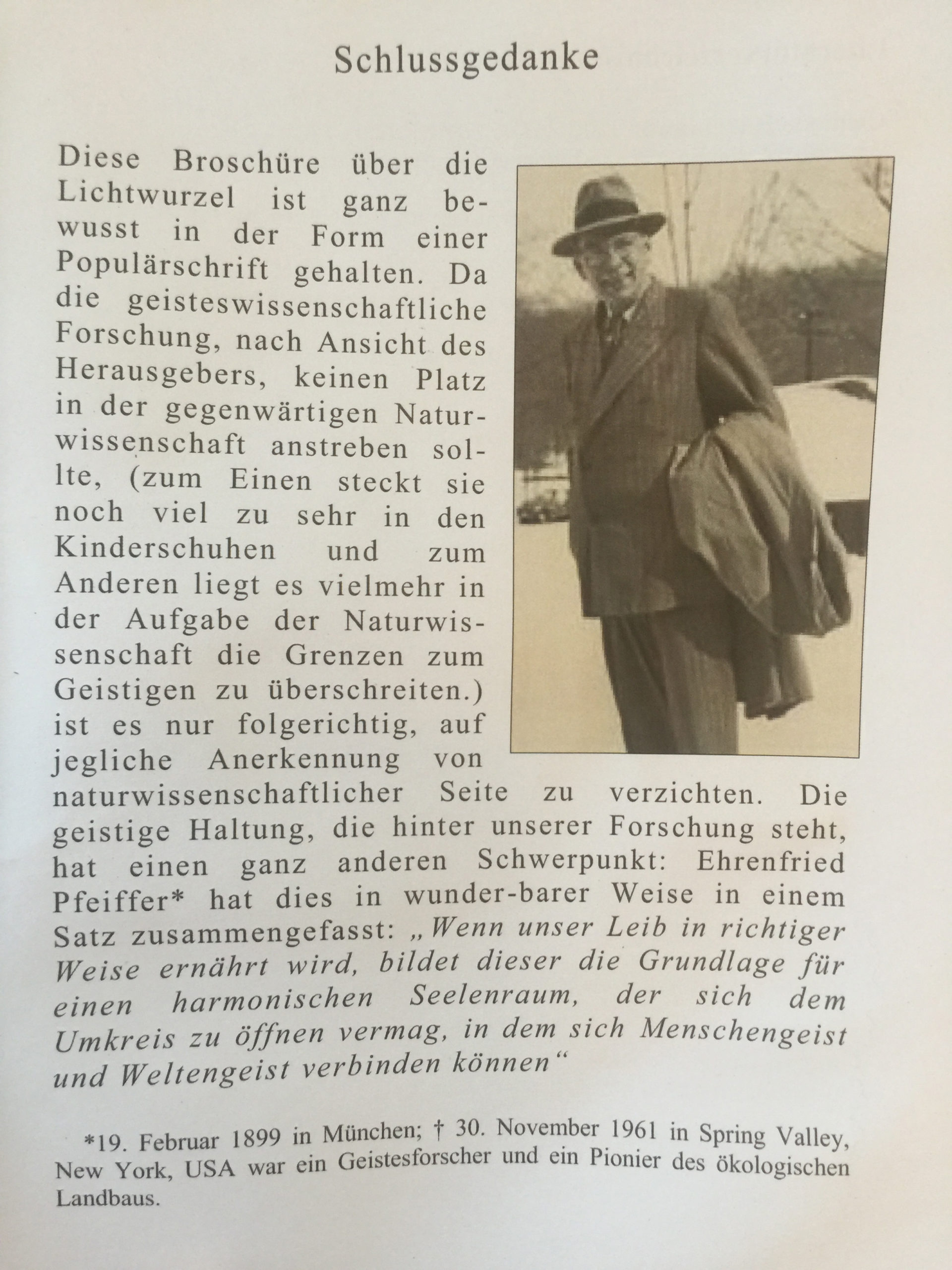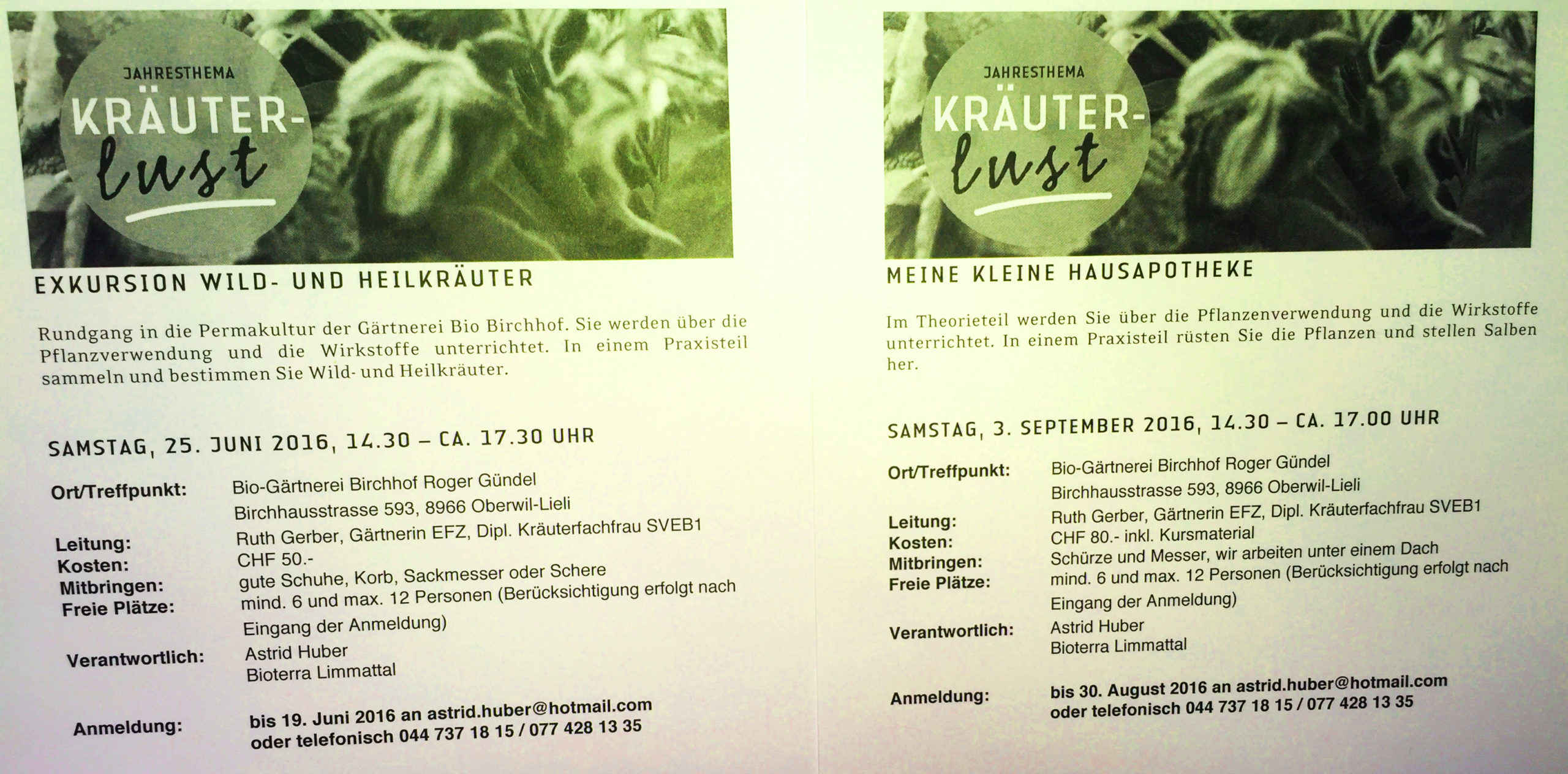A Vegan Food Love Story – Roots
Anyone who has ever watched me eat or knows me a little better knows what a connoisseur I am. I’d rather not eat anything than eat something I don’t like.
What food – and I mean “real, proper food” – means for me, for my quality of life, for my body, my psyche and my health, I had to experience this winter in Japan.
Because “real, proper food” makes me healthy, happy and satisfied. It can be so simple!
There are two restaurants in Zurich that earned the title “I really LOVE LOVE LOVE your food” last year.
One of them is the Roots. http://www.rootsandfriends.com/
For almost 10 months, the Roots Boys and Girls! (Thanks Angie & Anja!) to make sure I don’t starve, even when I’m on the road. So I flew from Zurich to London with food from Roots.
Centrally located, within walking distance of Zurich main station, in a street parallel to Bahnhofstrasse between the main station and Globus Bahnhofstrasse, at the back of Fielmann, Roots is perfectly situated in my catchment area.
No matter what you order, everything is freshly prepared for you, which leads to short waiting times during the lunch rush. But it’s definitely worth the wait!!!
Whether it’s breakfast to go, a smoothie, lunch or the finest Italian coffee, the focus here is on sustainability and quality.
The take-away tableware consists mainly of organic and recycled materials.
Since a few days with new SPRING TIME card: Check it out!!!
Photocredit: the beautiful photos are by Andrea Monica Hug
